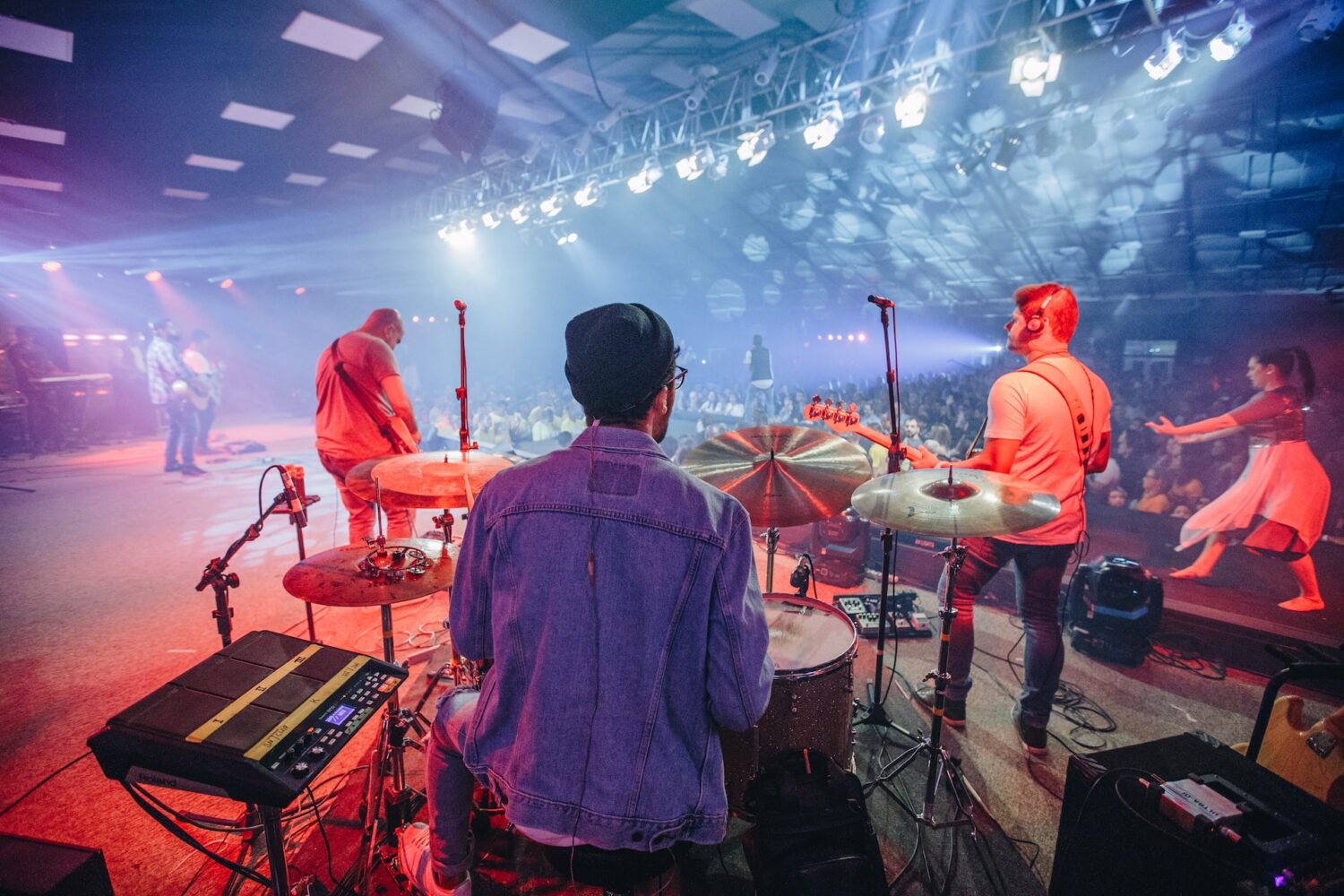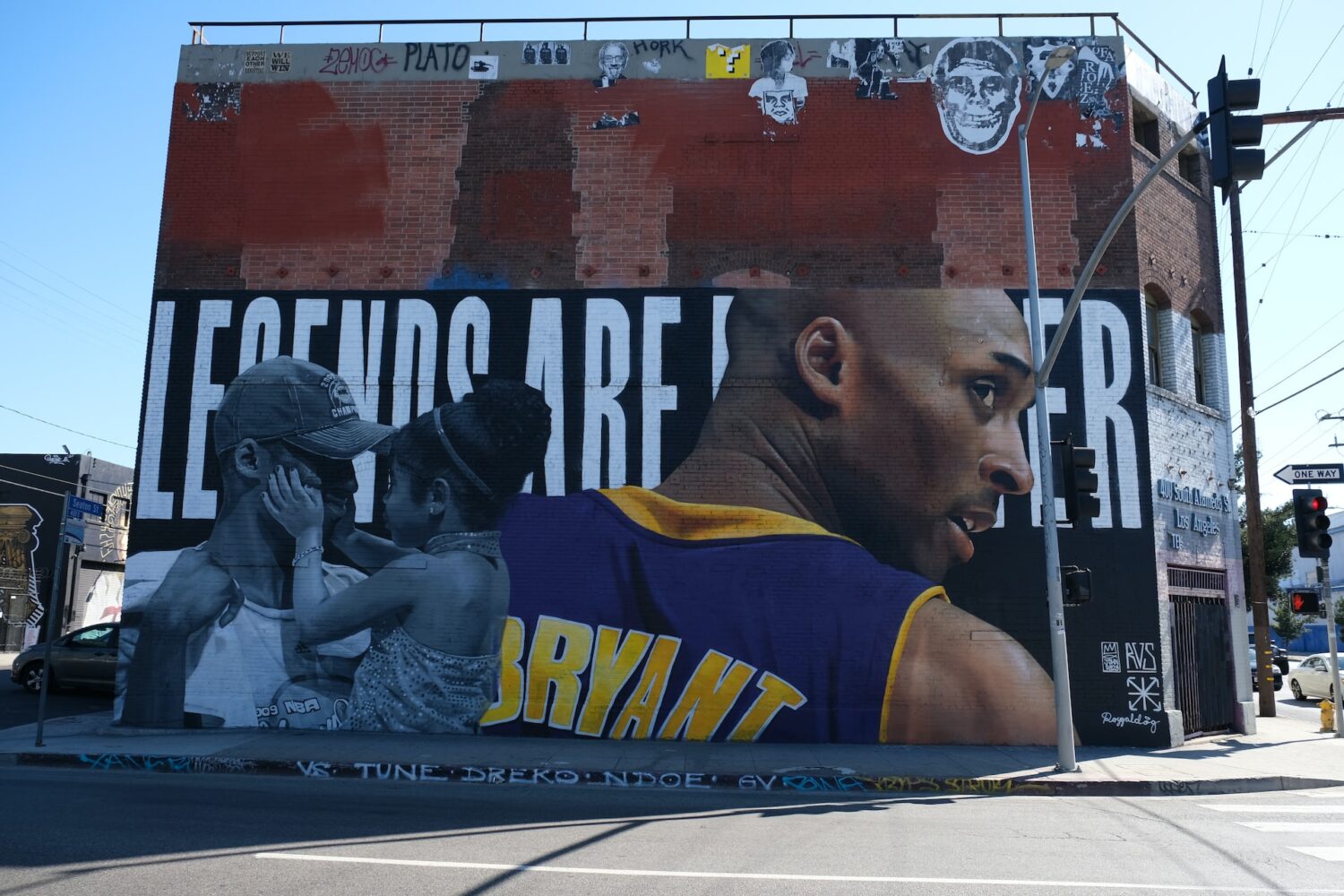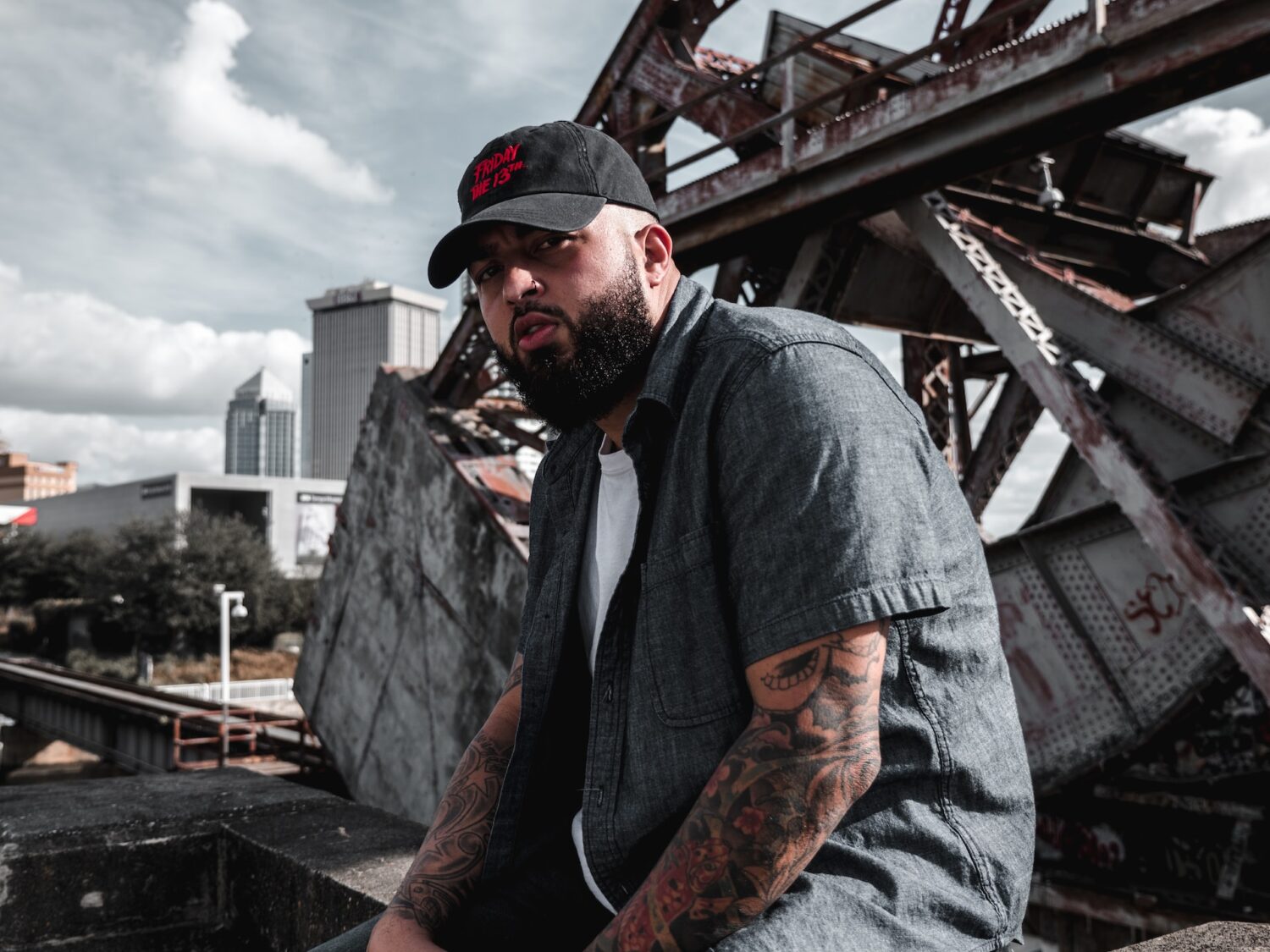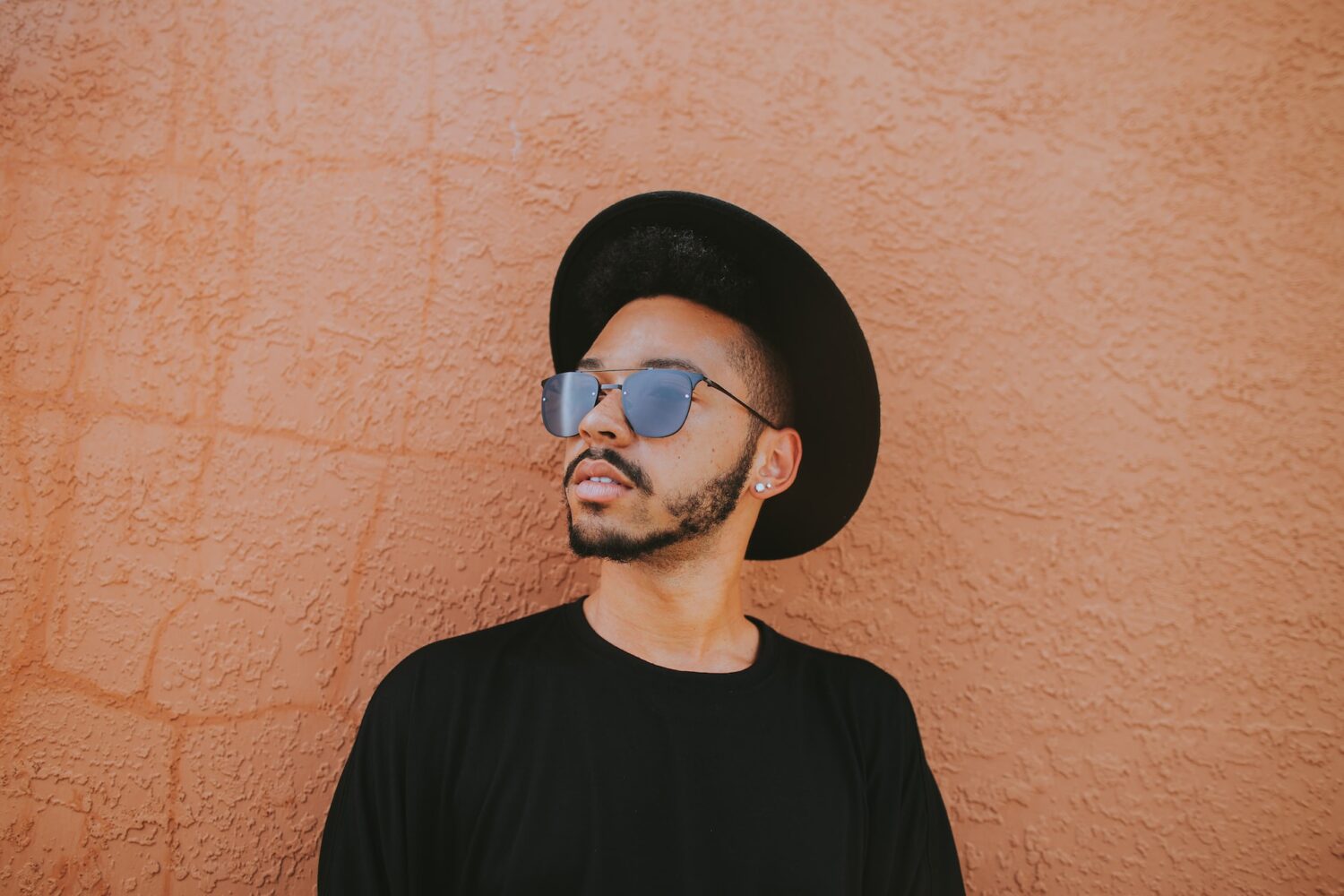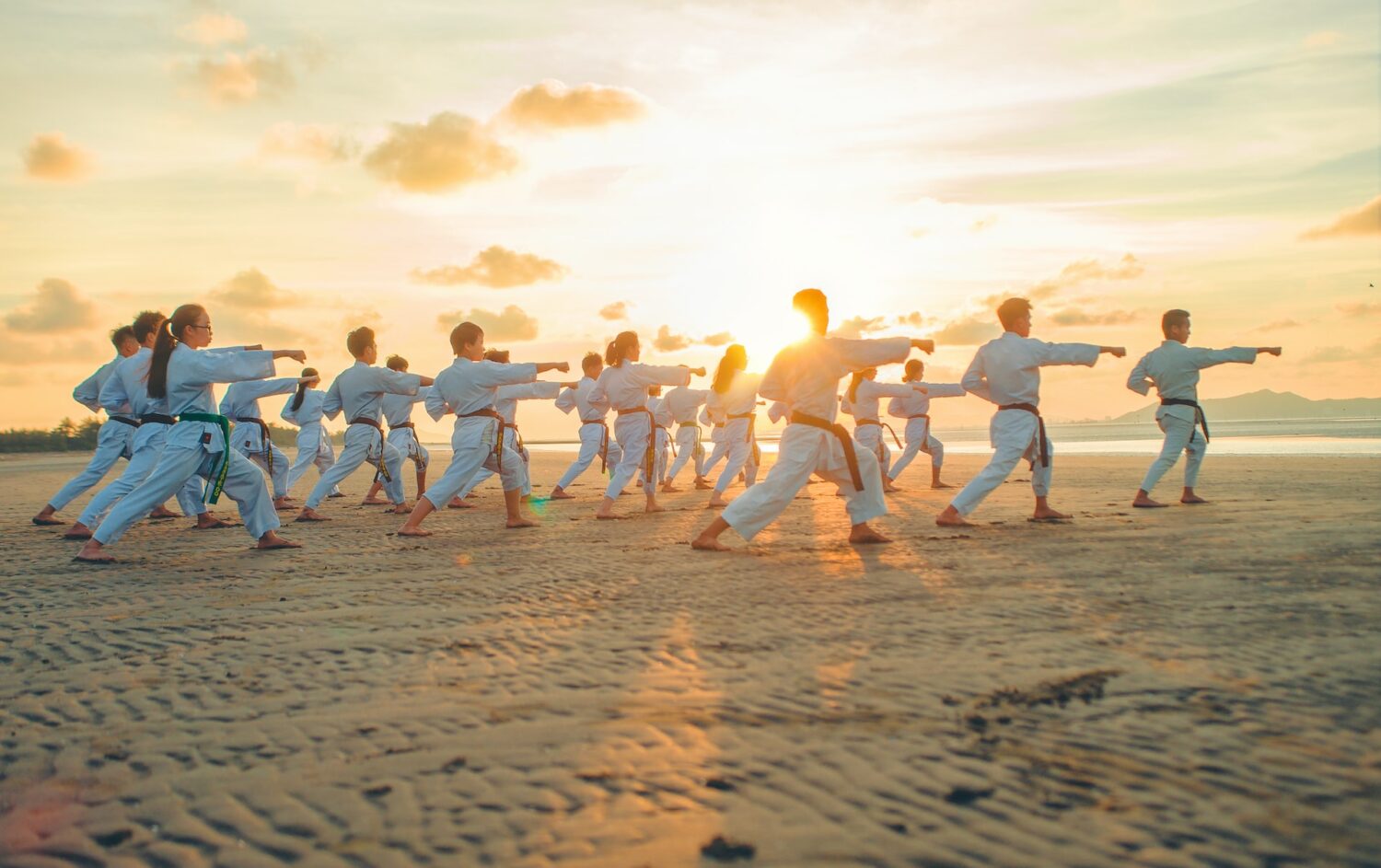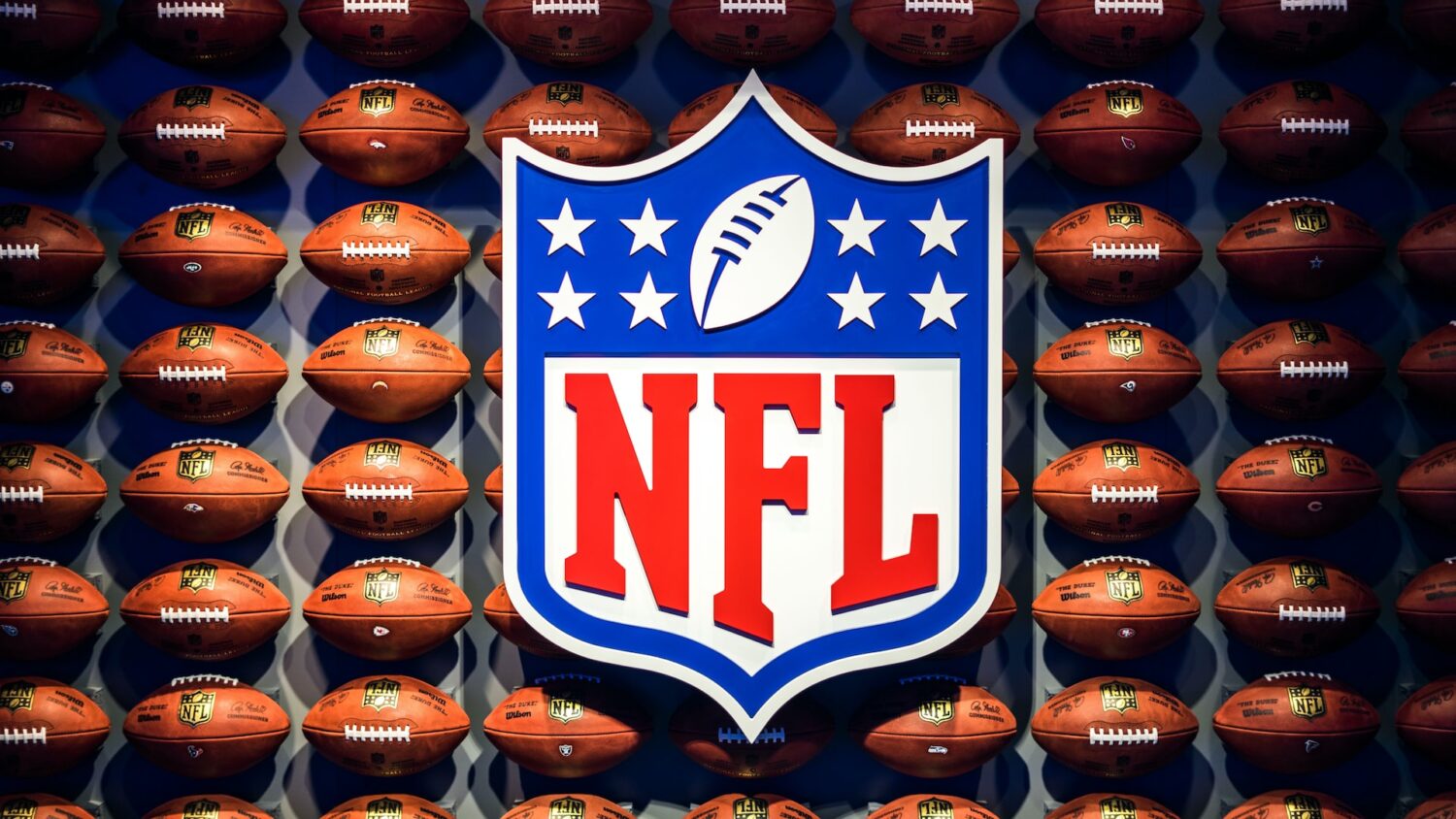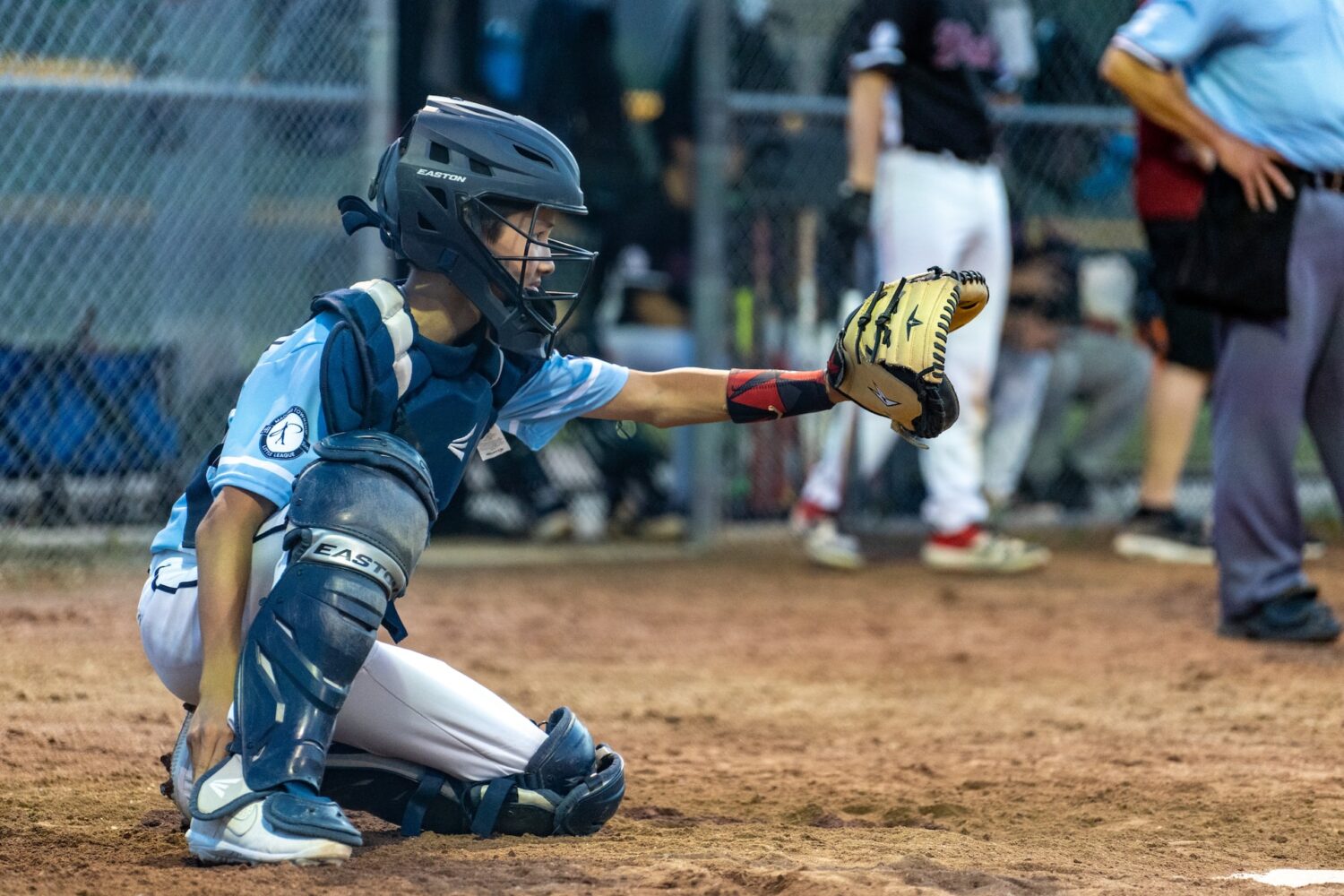
From the days of, “you throw like a girl,” to, “you could break a nail,” our sexual dimorphism has long been highlighted through conventional sports, especially in professional arenas.
However, according to Matt Warshaw, author of The Encyclopedia of Surfing, sexism didn’t always exist in the lineup.
“In ancient Hawaii queens surfed, and princesses surfed,” Warshaw explains to the Los Angeles Times, “it was just something everybody did.”
In the modern pro-surfing climate, equal opportunities between leagues are more widely available than in other professional sports. According to ABC, the World Surf League (WSL) has had complete parity between the men and women’s tours since 2014.
Considering that the US Open of Tennis has awarded equal prize money since 1973, the 2014 date may appear to be behind the times.
But parity between leagues is still a luxury, and one that not all athletes have. For example, the top PGA golfer of 2017, Justin Thomas, won over $9.9 million, compared to Sung Hyun Park, the top LPGA golfer, who won just over $2.3 million, less than a third of her male counterpart.
Still, the real victory for women’s surfing, which is unlike other professional sports, is that the women’s tour attracts more conventional sponsors than the men’s, according to Stab Magazine.

John-John Florence, “surfing’s highest paid athlete,” may be renowned in the surf world, but in mainstream popularity, he’s outshined by Bethany Hamilton, shark attack survivor and the only living surfer to have a feature film made about them. She has 1.6M Instagram followers compared to Florence’s 1.1M.
With Kelly Slater, 11-time World Champion, boasting 2.1M Instagram followers it may a bit of a shock that surfer Alana Blanchard, who has won no World Tour Contests and has never been a favorite for the Title, is just shy of him with 1.9M followers.
Blanchard’s Internet popularity, which was largely based off of her willingness to model in Brazilian bikinis, is nothing new for the surf industry. In 2013, Roxy launched a commercial starring 6-time World Champion, Stephanie Gilmore, in bed, showering, and seductively dressing, with plenty of time featuring her body, and no time featuring her surfing.
The appeal of female surfers contributes to their mainstream popularity, and according to Silvana Lima, professional Brazilian surfer, it’s exactly why she doesn’t have a sponsor.
“I don’t look like a model. I’m not a babe. I’m a surfer,” Lima says, “the surf-wear brands, when it comes to women, they want both models and surfers.”
Big wave charger Keala Kennelly would agree, and it’s also why she thinks she’s without a paying sponsor. Although this raises huge issues regarding cultural pressure on beauty standards, not all women surfers gain their notoriety from modeling.

Stab Magazine’s 2017 “Rich List” featured two female athletes on their list of the top-twelve most well paid surfers. Carissa Moore, no. 10 on the list, is famous for being crowned “King of the Groms,” after winning an all male surf contest in 2007. Since then, she’s won three World Titles, and speaks out about against beauty standards in the industry.
Having two women athletes make the list of top earners speaks for the progress and success of these surfers, especially when considering how in professional basketball the highest paid WNBA player would fit in at place 455 out of 460 NBA salaries.
Although professional surfing still has a room for improvement, the success of these female athletes demonstrates the progression of the sport and the equal opportunities that these women are carving out for themselves.
“We’re doing what the men are doing, but in a different way,” Moore explained in an interview with Girl Talk HQ, “women are closing the gap between men’s surfing and women’s surfing.”
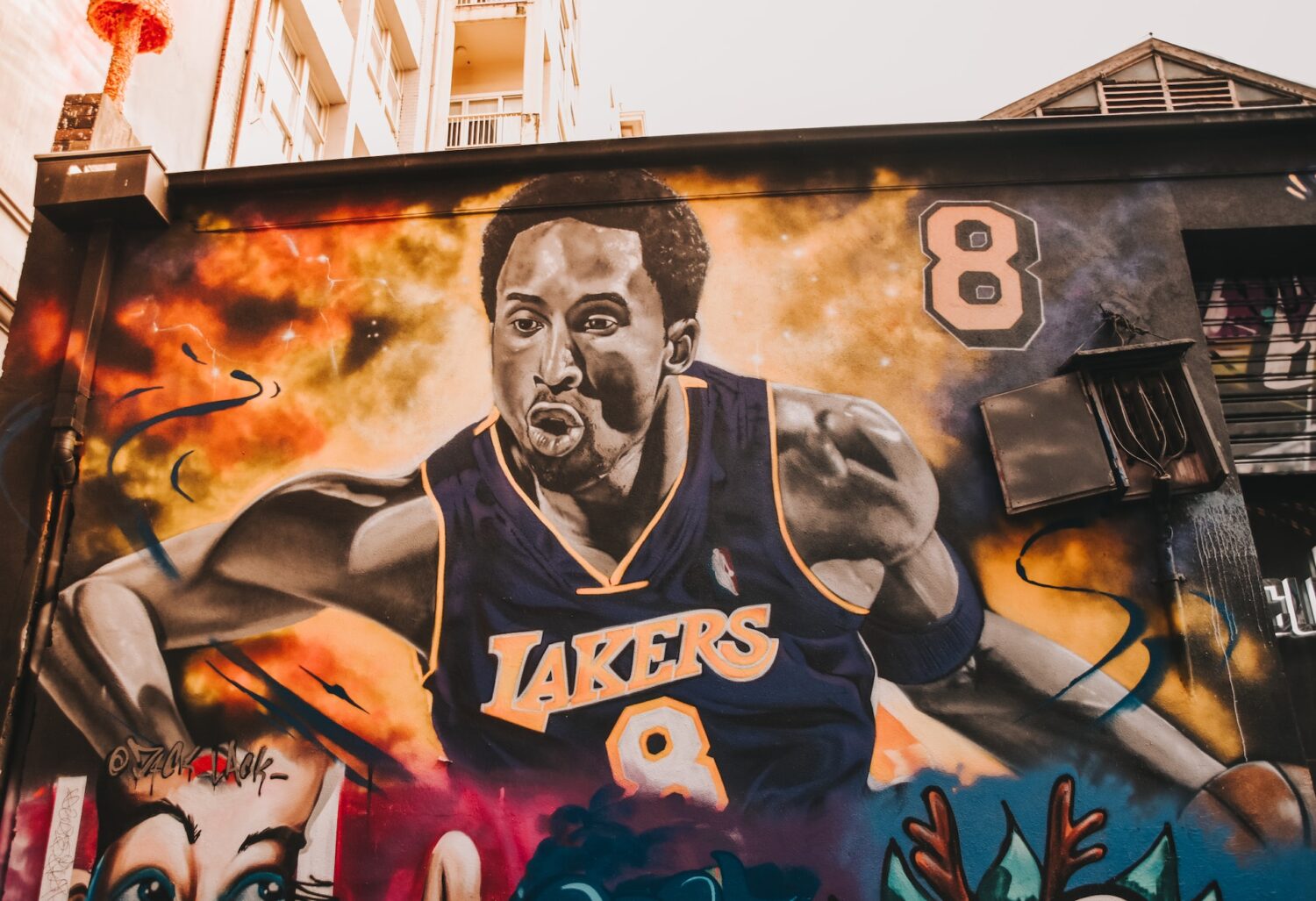
The greatest NBA dynasties of all time
The goal for any basketball franchise is to build a dynasty that fans and experts will be talking about for




